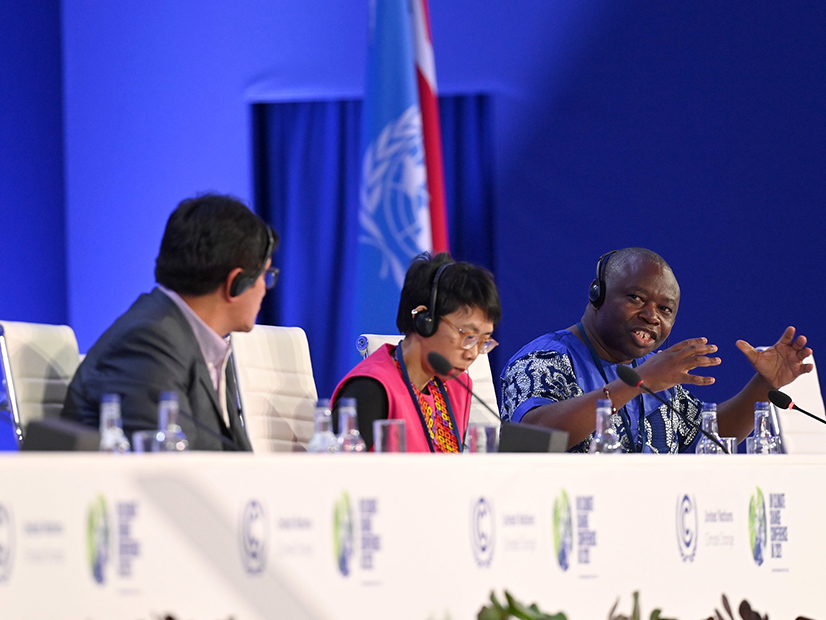
If fulfilled, the greenhouse gas reduction pledges made just ahead of the UN Conference of the Parties (COP26) “significantly” increase the chance that global warming can be limited to under 2 degrees Celsius by 2100, according to analysis published Thursday in the journal Science.
But the analysis by the Pacific Northwest National Laboratory (PNNL) also makes clear that heavier commitments will be needed to keep warming below catastrophic levels.
“We are so much closer to getting to the 2-degree goal than six years ago when the Paris Agreement was first signed,” analysis co-author Haewon McJeon, a PNNL research scientist said in a statement. “The wave of strengthened climate pledges and net-zero targets significantly increased our chance of staying under 2 degrees Celsius. And we practically ruled out the possibility of the worst climate outcomes of 4 degrees or higher.”
In the same news release, lead author Yang Ou, a postdoctoral researcher at the Joint Global Change Research Institute, said: “We find there’s a roughly one in three chance that we’ll stay under 2 degrees Celsius. But even with increased ambition, we’re still far away from getting down to 1.5 degrees in this century.”
The institute is a partnership between PNNL and the University of Maryland.
“New commitments, technological advances, and the near- and long-term recovery from the pandemic have set us on a different course than what laid before us at the 2015 Paris Agreement,” said co-lead author and PNNL research scientist Gokul Iyer. “But if we adopt more ambitious goals that truly reflect the common but differentiated responsibilities across all parties, that gives us a better than even chance of staying under 2 degrees Celsius.”
“And this highlights the importance of the Glasgow meeting,” Iyer said. “Without periodic and transparent updates, we won’t get the commitments strong enough to meet the temperature goal.”
More than 100 nations have recently made extra pledges to reduce greenhouse gas emissions through their nationally determined commitments (NDC).
PNNL and the University of Maryland concluded that pledges made following the Paris Agreement in 2015 translated into an 8% chance of hitting the 2-degree goal and zero likelihood of holding the global temperature increase to 1.5 degrees. Under the 2015 commitments, the was a 10% chance of global warming increasing by 4 degrees by 2100, the analysis said.
With the latest increased commitments, the analysis concluded the likelihood of limiting global warming to 2 degrees was 34%, with a 1.5% chance of limiting global warming to 1.5 degrees by 2100.
If countries additionally increase their NDCs by 2030, there is a 60% chance of holding global warming to 2 degrees and an 11% chance of hitting the 1.5-degree goal by the end of this century, the researchers said.

